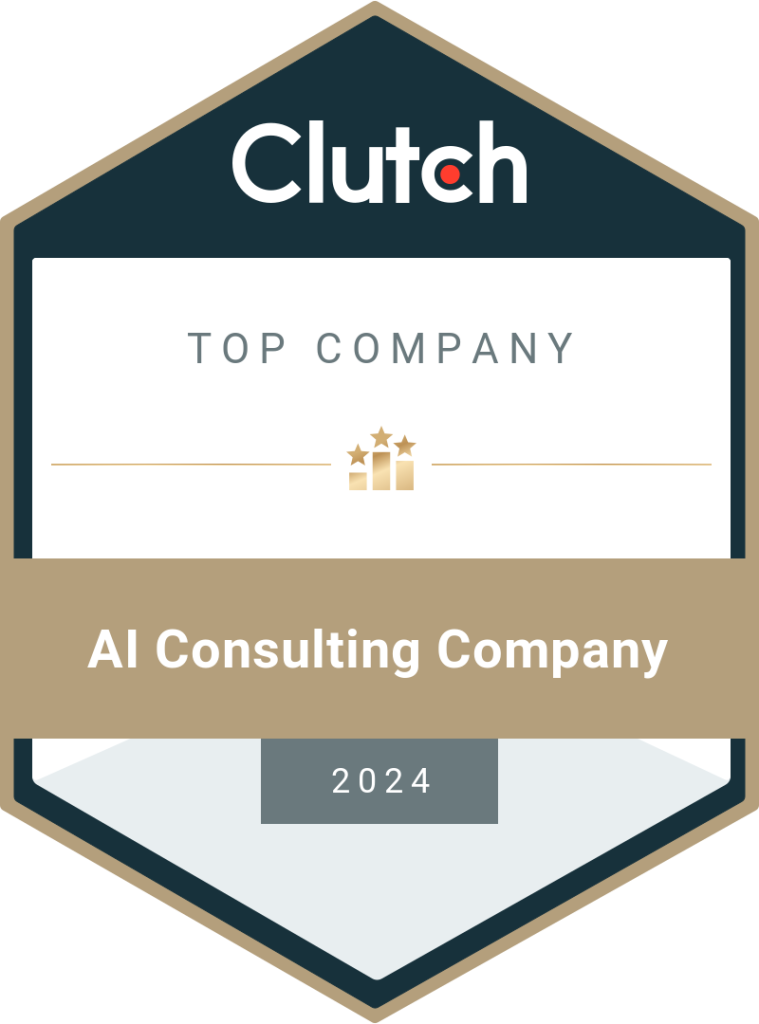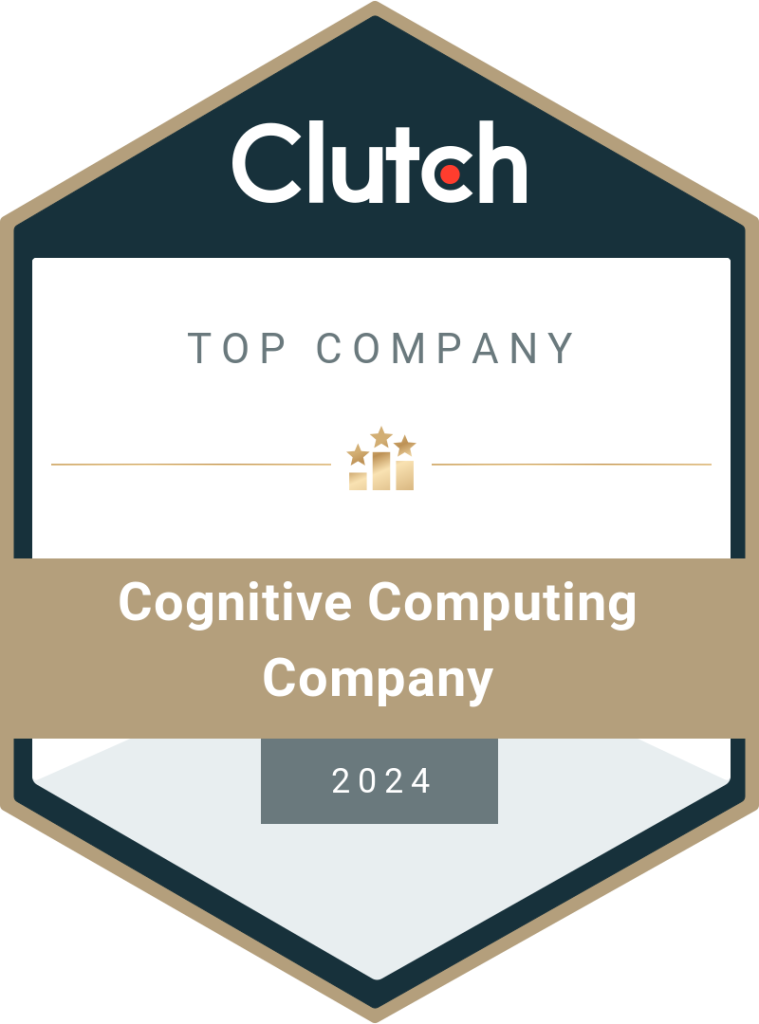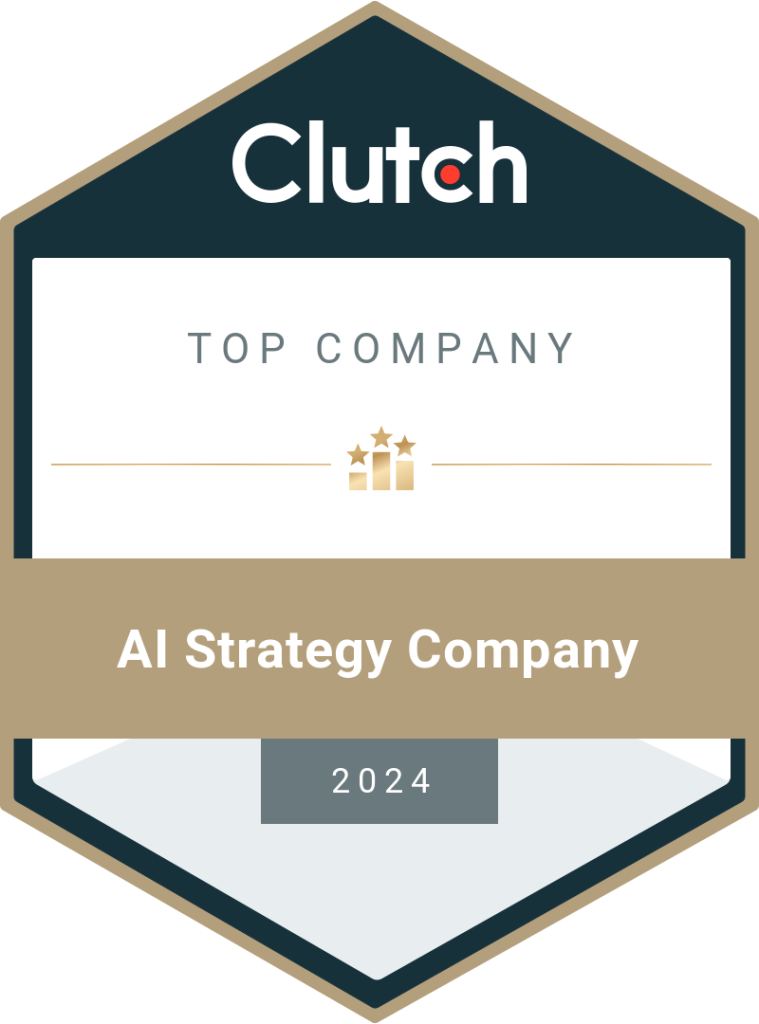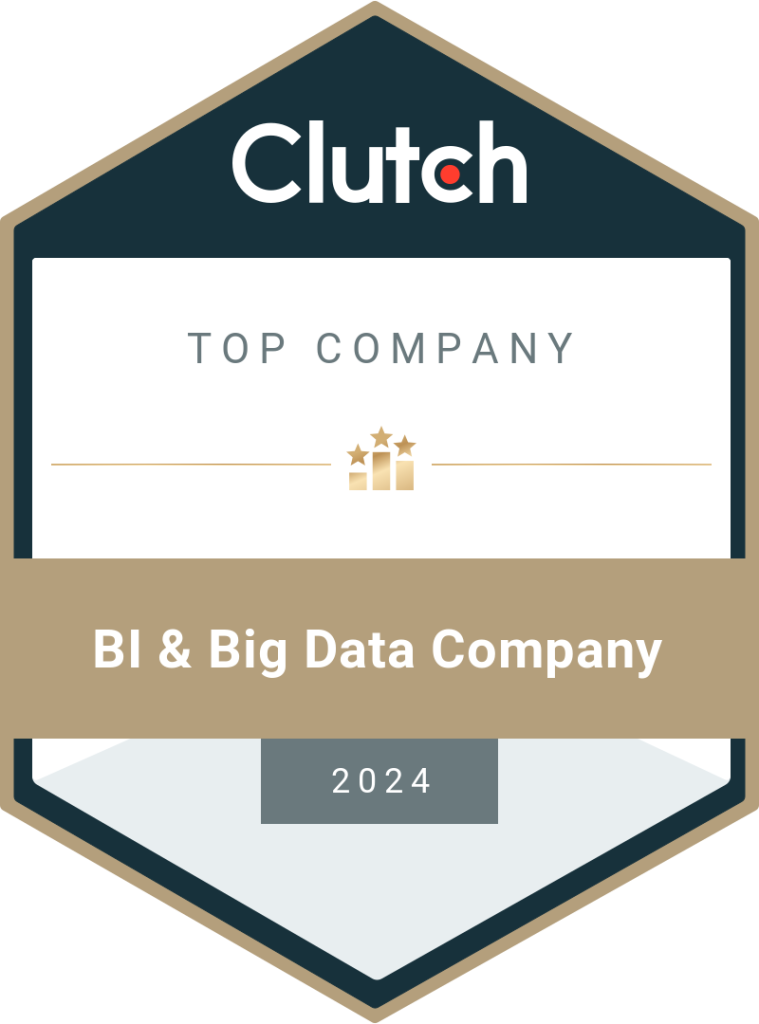Cloud Transformation vs Cloud Migration – The Right Strategy for Business Transformation
Cloud migration and cloud transformation have a few common factors but are different processes that deliver different results for an organization. Here, we’ll discuss cloud transformation vs cloud migration to determine which is the right strategy for your business. Cloud technologies have been revolutionizing many industries over the last few years. From startups to international brands, business organizations with varying volumes have adopted cloud technologies or are planning to invest in them. The increasing popularity of digital transformation has put the cloud at the forefront. According to Mordor Intelligence, the global cloud migration market is estimated at $232.51 billion in 2024 and is projected to reach $806.41 billion in 2029 at a CAGR (compound annual growth rate) of 28.24%. Meanwhile, Gartner has predicted that global spending on cloud computing will touch $679 in 2024, saying that it will become a necessity for business in competitive markets by 2028. However, several businesses are not entirely sure about the process. While some opt for cloud migration, some choose cloud transformation. Others wonder which is the best strategy for their establishments. In this blog, we’ll provide detailed answers to such questions about digital transformation in businesses and analyze cloud transformation vs cloud migration strategies. Let us first understand what cloud transformation and cloud migration mean. Read on! What is Cloud Transformation? Cloud transformation or cloud digital transformation is a comprehensive and end-to-end strategy that focuses on streamlining the entire IT infrastructure in an enterprise to increase its overall efficiency and reduce costs. Instead of shifting the software or business systems to a cloud, you will reconsider your existing IT strategy and strengthen it on multiple levels. This involves data pipeline creation, adoption of new technologies, third-party integrations, better security layers, and cultural changes in the organization, along with partnering with a cloud solutions provider. The process is highly complex and requires an expert team. Many businesses partner with a reliable cloud transformation consultant to develop a holistic approach to revamp the IT landscape in the business and achieve their results. It is also an expensive process but delivers a higher return on investment in the long run. What is Cloud Migration? As the name suggests, cloud migration or migration to the cloud is the process of moving business applications and their data to cloud platforms. By moving an application from on-premises to the cloud, you can optimize your internal resources, scale the apps over time, and improve performance. Applications hosted on the cloud are more flexible, agile, and secure. So, what is another name for cloud migration? It is sometimes termed ‘lifting and shifting’ since the apps and systems are lifted from on-premises business systems and shifted to a remote cloud platform. Depending on your preferences, the service provider will create a strategy for cloud migration to AWS, Azure, Google Cloud, or other cloud platforms. Based on your long-term plan and business objectives, you can choose between public, private, hybrid, and multiple cloud platforms. What are the 3 Main Phases of Cloud Migration? The cloud migration roadmap is divided into three major phases to plan, execute, manage, and optimize the projects according to the business requirements. The phases are similar for different cloud platforms, such as Azure and AWS. Prepare and Plan Start by evaluating the existing systems in your business. Which applications do you want to move to the cloud? What kind of data do these applications need? Then, plan the process and determine which cloud provider is the right choice. Leading platforms have their cloud migration software. For example, Microsoft Azure has a tool called Azure Migrate. For other platforms, you can choose software like Datadog, Flexera, Carbonite Migrate, etc. Your cloud migration partner will take care of these aspects when you provide the necessary information. Migrate Once the cloud migration plan is ready, the service provider will initiate the process of moving the selected applications and their data from on-premises to the cloud. This phase includes a series of steps like configuring, deploying, resource management, creating alternate data pipelines, actual data migration, third-party integrations, testing the applications on the cloud, and so on. It is time-consuming and has to be handled by experts with domain experience. Operate and Optimize When the migration and testing are done, the consultant will monitor the new setup on the cloud and make the necessary adjustments to create seamless workflows. They identify and eliminate glitches, bugs, etc., and optimize the processes to accelerate efficiency. The optimization phase deals with cost-management measures to maximize results without affecting quality. The service providers will continue to offer maintenance and support services to upgrade the apps whenever necessary. What is the Main Difference Between Cloud Transformation and Cloud Migration? As a growing business, you want to do the right thing for your organization. Here, we’ll compare cloud transformation vs cloud migration to help you understand what each process signifies for your establishment. Strategy The cloud transformation strategy is more detailed and comprehensive as it redefines the business approach. You implement a cloud-first approach where all major IT components are hosted on cloud platforms. This allows your employees more freedom and flexibility to work remotely and collaborate with others. Even though cloud migration involves shifting the applications to a cloud platform, it doesn’t always change the business approach. Your employees can continue working the same way and show greater productivity. Migrating the systems to the cloud doesn’t change the core of your business. Difficulty Levels Between cloud transformation vs cloud migration, the former is more difficult, complex, and expensive. Cloud migration doesn’t include development services. It doesn’t require the same level of expertise as cloud transformation. However, cloud migration also needs domain experience and capable support services. Cloud transformation involves making major changes to applications, altering the source code, customizing the software, etc., to make sure they are compatible with each other. There’s a greater risk of data loss or unexpected system downtime during cloud transformation. Despite the difference in difficulty levels, both processes should be implemented by professionals
Read More





